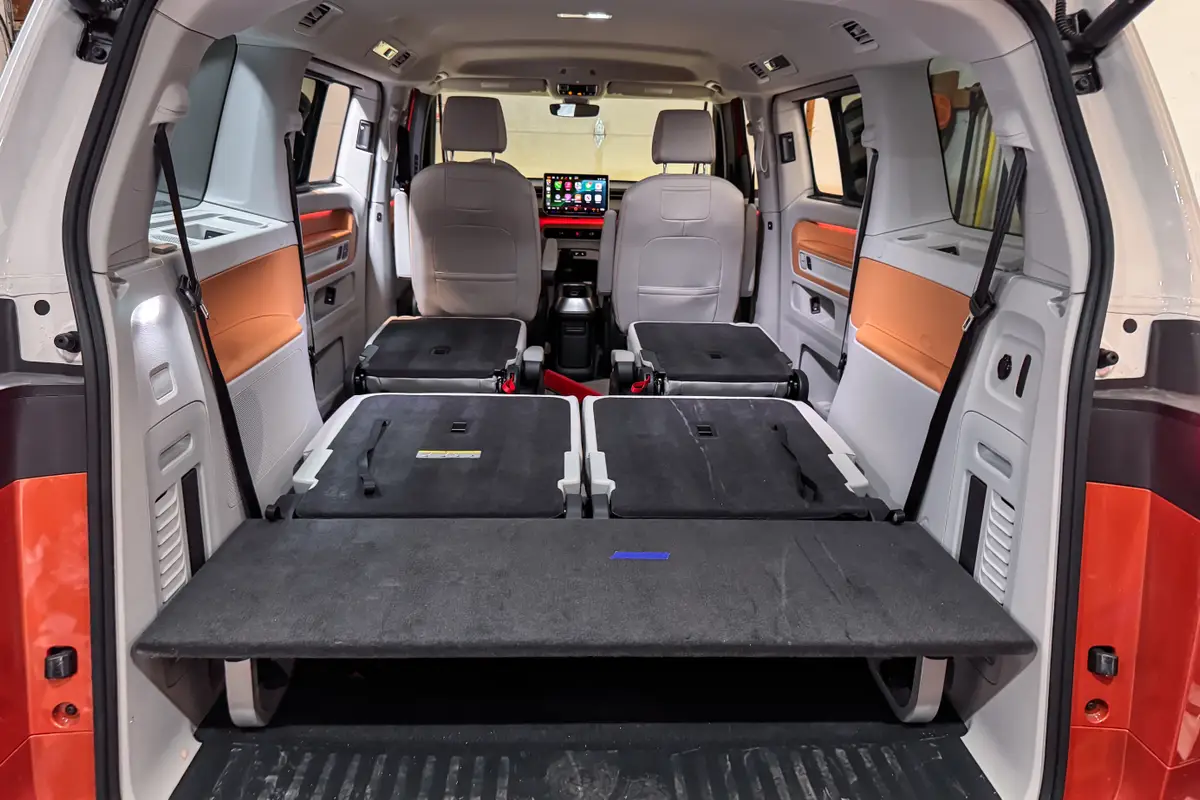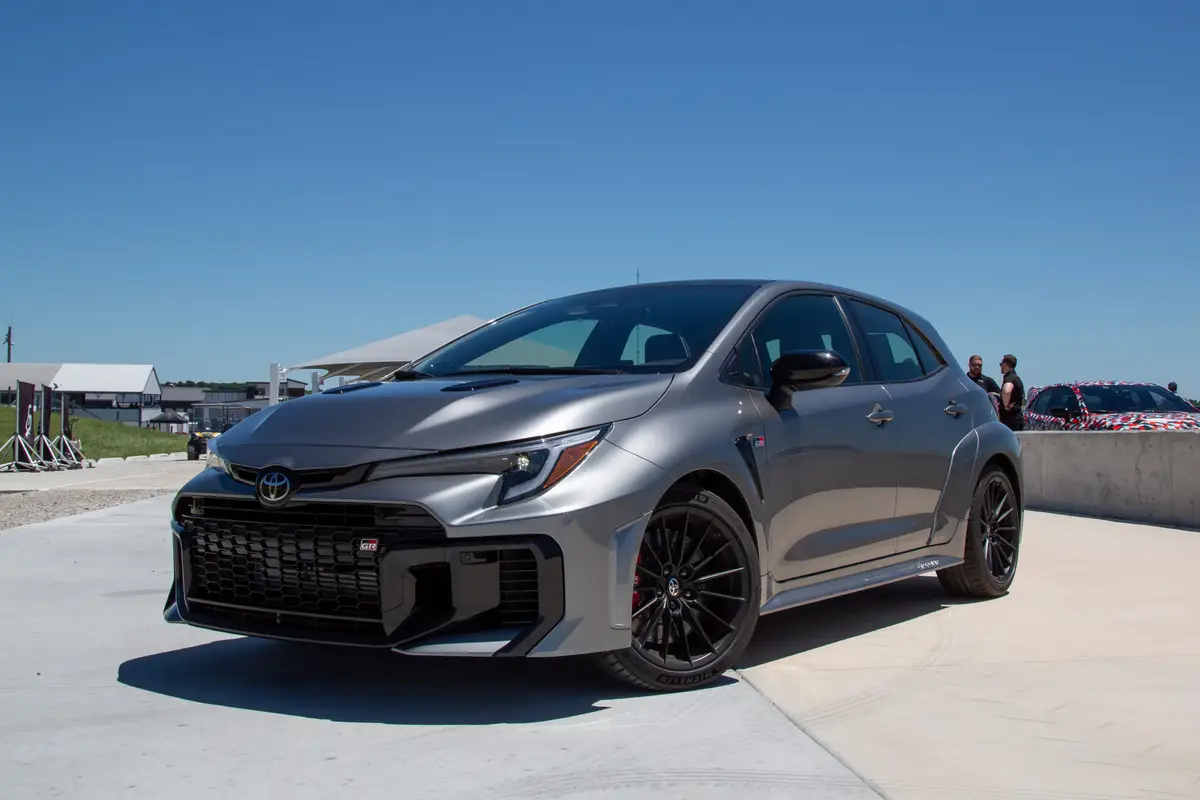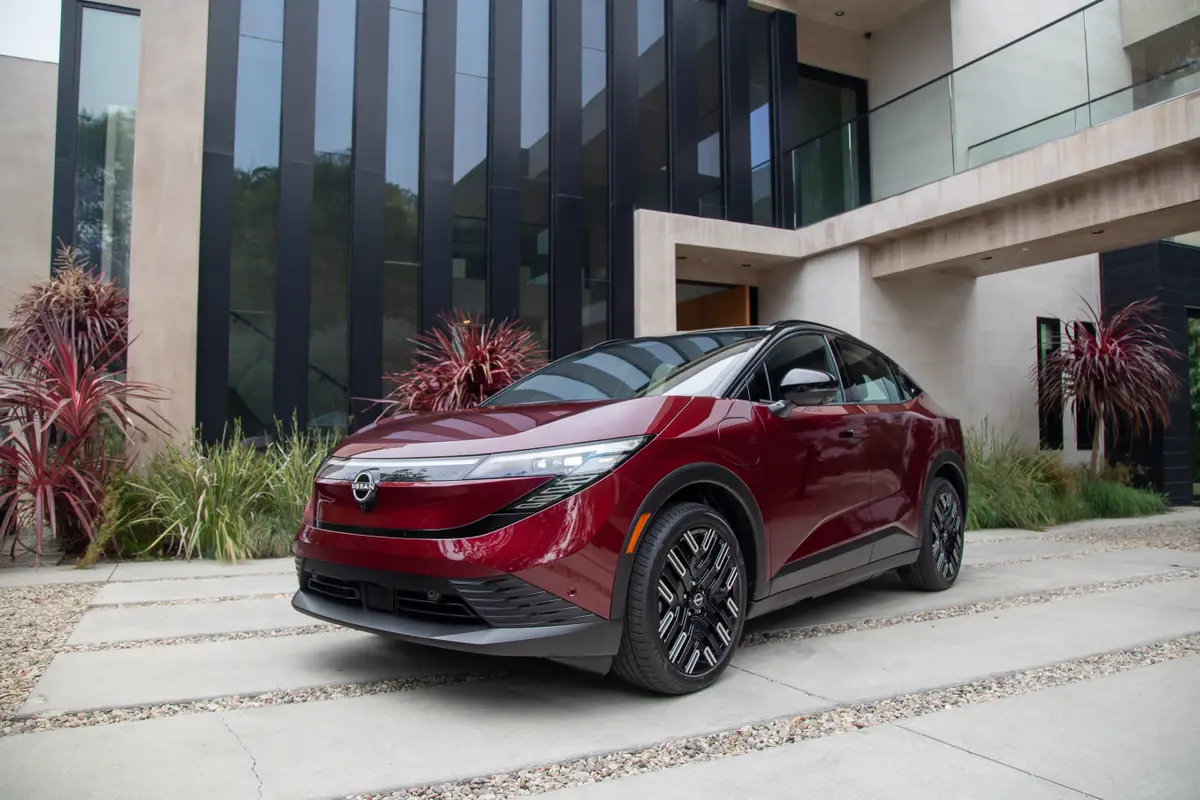Chicago Plans Most-Electrified City in the U.S.

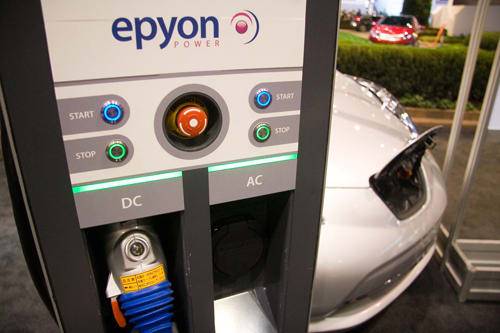
The city of Chicago and Illinois Gov. Pat Quinn today announced one of the most ambitious electric-vehicle infrastructure projects in the country, promising 280 charging stations in the city and surrounding region by the end of 2011.
The $8.9 million Electric Vehicle Infrastructure Project is notable both for its scope and its substantial proportion of DC quick-chargers, the type that can recharge a compatible electric car to 80% within 30 minutes. “When this project is completed by the end of this year, Chicago will have the most DC quick-charging stations of any city in the United States,” said Suzanne Malec-McKenna, commissioner of the city’s Department of Environment. “The only competition is the entire state of California with just a couple dozen more.”
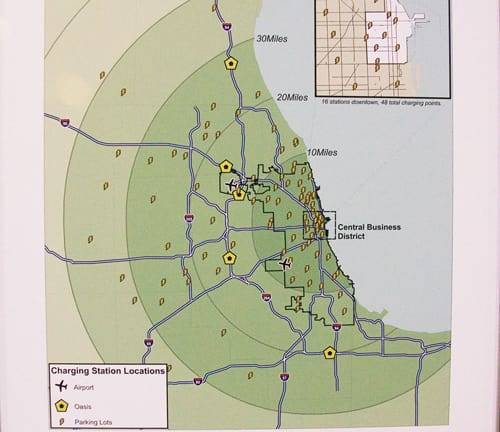
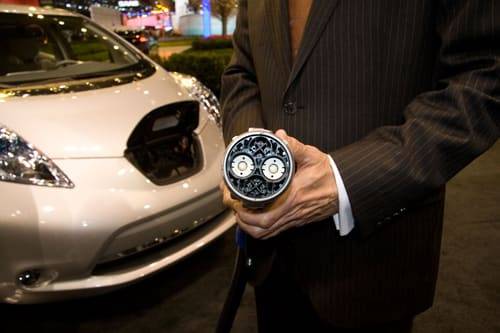
350Green co-founder and CEO Mariana Gerzanych said there are no current plans for curbside charging. “We went that route first, and it has been difficult,” she said. “It’s public land and it takes a long time to do the permits. If we can [do curbside], we will.” The initiative will first focus on areas where Chicagoans park their cars to work or shop. Retail partners haven’t been announced, but grocery stores are a possiblity.
The resale of electricity is prohibited by law, so users will pay per session or through a monthly subscription, not by the amount of power used. Gerzanych said quick charging will be more expensive than Level 2, though a monthly subscription will offer unlimited charging for roughly $50 to $60.
350Green will source equipment from multiple manufacturers depending on the application. On display were a Level 2 charger from AeroVironment and a DC Level 3 charger branded Epyon. Unlike most quick chargers, which look like enormous gas pumps, the Epyon fast-charger is only slightly larger than a common Coulomb post-mounted unit. “The power unit is decoupled from the outlet,” Gerzanych said. “You can have up to four posts, and then you have the power unit somewhere far where you don’t see it.”
Gerzanych said changing with the times is a requirement of the contract, which is especially important for quick charging, whose connectors aren’t standardized. “In five years or one year, if there’s a different standard that’s not on the Nissan Leaf right now then we will still need to service the legacy cars,” she said. “So I will have two connectors; one will be the new standard and one will be the old standard. That’s the beauty of this technology.”
“Establishing the charging stations will encourage manufacturers to sell electric vehicles in Chicago,” Malec-McKenna said. “Right now, those carmakers were not planning to sell electric vehicles in Chicago until the very end of their national rollouts. We hope this project will invite them to re-evaluate their distribution plans.”
Reached for comment, Nissan spokeswoman Katherine Zachary said, “Nissan continues to look at markets where there is consumer interest, municipal and state support, and a proactive utility, and all of those are improving in Chicagoland. We’re still determining the exact timing of specific future market rollout, but Chicago is doing all the right things to ensure that cars like the Nissan Leaf would be a success.”
The $8.9 million grant — which includes $6.9 million in private investments, $1 million from the Illinois Department of Commerce and Economic Opportunity and $1 million of Clean Cities Grant funds from the federal American Recovery and Reinvestment Act — went to 350Green after a competitive selection process that called upon the Chicago Electric Vehicle Consortium, comprised of electric utilities, EV proponents and other consultants. Among the pro-bono consultants was Antonio Benecchi, a partner in management consulting firm Roland Berger that produced the city EV readiness study we reported on last year.
In that report, Chicago was rated a Fast Follower, below Leaders and Aggressive Followers but above Followers. Asked how he would rate Chicago now, Benecchi said, “If I had to do it in the summer when these [installations] will be happening, I think Chicago would be up there at the top. I can’t tell you if it would be first or second because you have to see what has happened at the other places as well.”
The high ranking, he said, would be “because of the size and how it’s conceived — the split between Level 2 and Level 3, how it’s distributed and the sheer size of the infrastructure.”

Former Executive Editor Joe Wiesenfelder, a Cars.com launch veteran, led the car evaluation effort. He owns a 1984 Mercedes 300D and a 2002 Mazda Miata SE.
Featured stories
